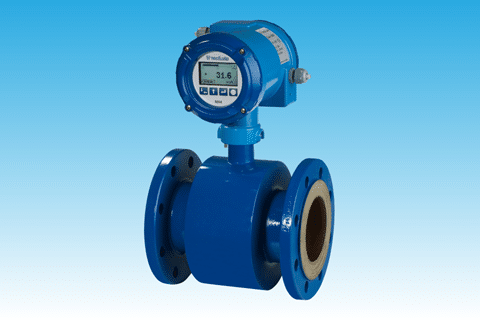Measuring the flow of a substance, whether gas or liquid, is essential for industrial plants as it can be the very thing that will define the loss and profit of a particular company. In its primary sense, flow meters are used to measure the volume of a gas or liquid when it passes through a pipe.
The purpose of a flow meter has different types that can be used for specific reasons, but its purpose is to measure the volumetric flow rate or mass rate of a substance going through a pipe. Any content such as fluid or gas can be measured by its volumetric flow rate or mass rate through the use of a flow meter.
Different types of flow meters
There are factors to consider when deciding which type of flow meter should be used in a particular situation. Factors such as the type of fluid that will be measured, the construction, and the materials used for the flow meter are considered to get the most accurate measurement possible.

There are five different classifications of flow meters; they include:
Differential flow meters
This type of flow meter measures the differential pressure across the orifice that is directly related to at least the square root of the differential pressure that is being produced. Differential pressure flow meters have two main elements and are divided into primary and secondary. The central component of this flow meter produces a sudden change in kinetic energy by the use of a pitot tube, venturi flow meter, flow nozzle, or orifice plate.
Also, differential pressure flow meters are the most common flow meters that are being used in a lot of industries such as HVAC, beverage, pharma, water, mining, paper, oil and gas, and chemicals.
Positive displacement flow meters
Positive displacement flow meters measure the volume of a fluid by filling a pipe, delivering the contents, then refill it, and calculate the size by the amount of fluid that is transferred. It works by directly measuring the volume of the substance while other flowmeters use some other type of parameters to measure the size passing through the pipe.
These flow meters measure the volume by the use of piston meters, nutating disk meters, oval gear meters, etc. A lot of industries use this flow meter because of its accuracy. They are most commonly used for transferring liquids of oil and gas, gasoline, hydraulic fluids, and is even used at home for gas and water applications.
Mass flow meters
Mass flow meters are most commonly used to measure large amounts of liquid. It is useful in terms of measuring the force that came from the acceleration of the fluid. It measures the mass moved per unit instead of measuring the volume per time. This type of flow meter includes Coriolis mass meters and thermal dispersion meters.
Open channel flow meter
The measurement of open channel flow meters includes several functions such as v-notches, flumes, and weirs. Having structured like a dam, or sometimes called overflow, this flow meter allows for a limited or concentrated free flow of liquids that are based on the size and the shape of the structure.
With this, it also allows the accurate calculation of the flow rate. Open channel flow meters are more commonly used for massive amounts of liquids in unestimated areas like rivers, streams, irrigation, and sewer, or other water systems.
Velocity flow meter
As its name suggests, it measures the flow rate of a liquid by measuring the velocity of the stream. This kind of flow meter includes other equipment like a turbine, vortex shedding, electromagnetic, paddlewheel, and sonic or ultrasonic flow meters.
How to choose the correct type flow meter for a specific situation
As mentioned earlier, there are numerous factors to be considered to make sure that you will get the most accurate results. Once these factors are in place, there are also questions to be asked to be more specific about the results that you want to achieve.
The best way to start this is to determine if you want the results to be given to you to be continuous or totalized. Then choose whether you wish to receive the data locally or remotely. If so, do you want it to be shared, digital, or analog?
Once these are answered, do a thorough evaluation of the properties of the liquid, the material used in the making of the pipe, and the mass or volume that the pipeline could handle.
Takeaway
Each type of flow meter has its advantages and disadvantages. By evaluating the whole process, you can see that for every specific measurement that is needed, and the kind of substance that will be measured, there is a flow meter that is best suited for each type of situation. By choosing the right flow meter, you can assume that you will get the most accurate measurement possible.
Author’s Bio:
Working as a writer and a blogger, Sylvia Hopkins specializes in email marketing campaigns and ghost blogging. Due to her knowledge in liquid flows, she writes about flow measurement instrumentation, flow measurement application, and technology. Sylvia also enjoys the company of her family and friends when not working.












Leave a Reply